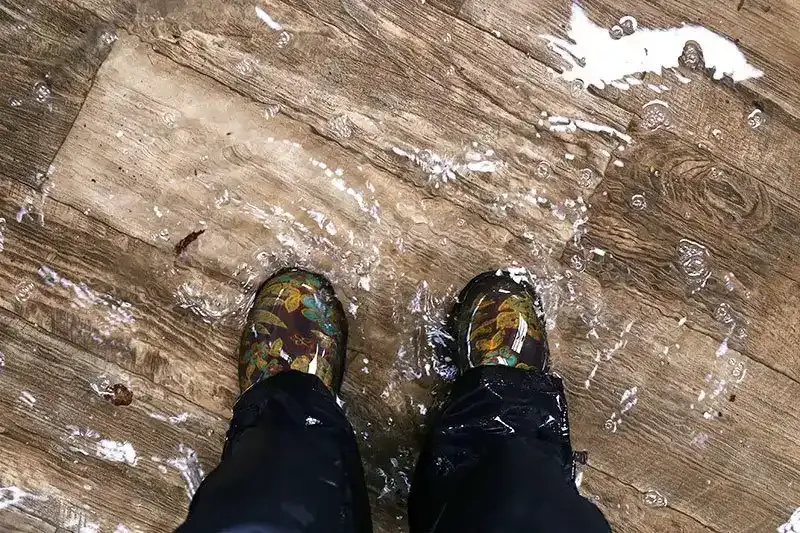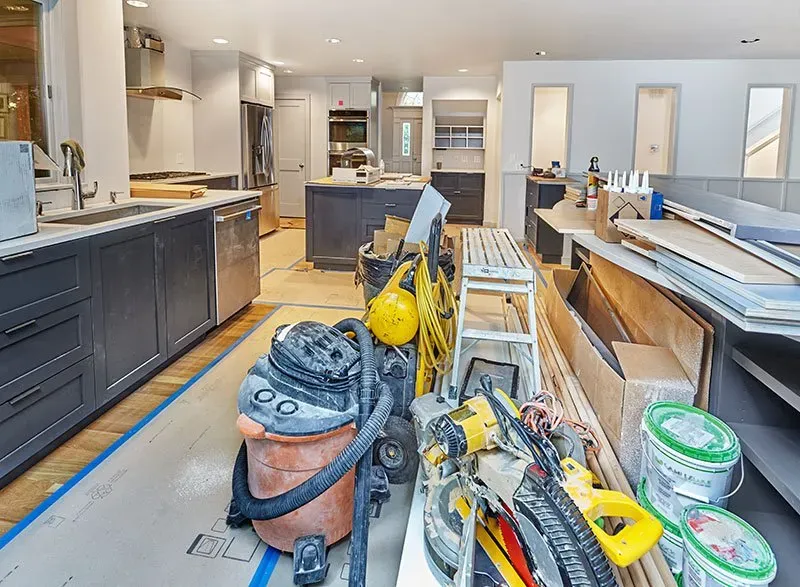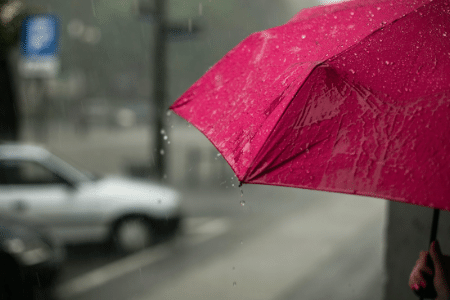What happens after you make a house insurance claim: the repair process
By MAS Team
By MAS Team
Whether it's a cricket ball through a window or a storm that floods your entire house, cleaning up after your home is damaged can be a stressful time. The last thing you need is a headache when it comes to navigating the insurance process as well.
Insurance repairs on houses often involve different tradespeople working at different times, with some things needed to happen before others can begin. So how does it all play out - from submitting your claim to getting the final repairs completed?

If you discover damage in your house, make sure everyone is safe and then call your insurer. If you're with MAS, you can reach us on 0800 800 627 or make a claim online.
We'll talk you through what to do first, and help you get your claim underway so that repairs can get started at a time that suits you. If you're with MAS, we'll pay up to $10,000 towards protecting your property after any damage, to make sure the damage doesn't get worse.
Once your claim has been accepted, a repairer will be appointed to do the work. If you need to pay an excess, you'll receive an invoice and a project manager will then get in touch with you to make a time to start working on your repair.
This depends on the nature of your repairs. Extensive repairs or a full rebuild will obviously take longer than damage that's contained to one room or a small part of your house.
When a repair involves multiple trades, they'll generally work one after the other, as one trade often can't start until another is finished. A painter can't start until plastering is complete; plastering can't start until a carpenter replaces the wall linings; and the electrics need to be finished before the carpenter can start.
There will be times when nobody is on site, which can be a bit frustrating, but this often to do with needing time for plaster or paint to dry beofe the next stages can get started.

Depending on the nature of your repairs, there's an array of trades that might need to be involved in the repair. They'll be managed through a project manager who will make sure the right people are on site at the right time. If you're living onsite or visiting during repairs, they'll also make sure you're aware of any health and safety considerations. Your project manager is the best person to talk to if you have any questions or concerns about the repair process.
If you're not familiar with the building process, here's a rundown of some of the kinds of trades who might be involved with your repair:
Any building or repair work inevitably creates some dust and debris. The tradespeople will take care to protect your property during the repairs, and they'll clean up any larger debris when they leave the site. They'll then do a final clean of any remaining dust and small bits of debris when the repair is completed, so your freshly-repaired home will be looking smart and ready to be moved back into.
Protect your biggest asset in life with MAS House insurance. Find out more about our house insurance policies.

There are a lot of options and exclusions in different life insurance policies from different providers, so it’s important to do your research and find a policy that’s right for you.

If you think you might need life insurance, the process for getting it is pretty simple. Here’s a step-by-step breakdown of getting life insurance with MAS.

If you want to get car insurance for the first time, it can be complicated to work out what kind of cover best suits you. Here’s our step-by-step guide to getting car insurance if you’ve never had it before.